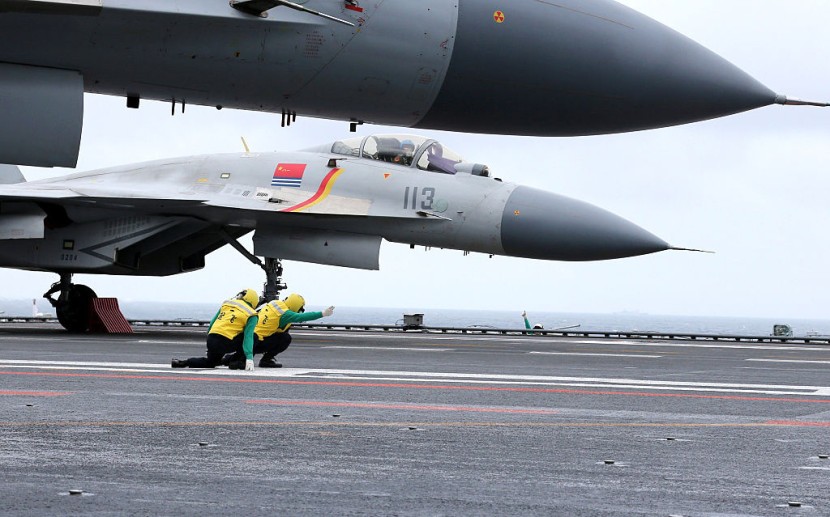
On Sunday, 39 Chinese military planes flew into Taiwan's air-defense identification zone.
Fighter jets and special-mission aircraft are often used by China in its near-daily flights into the ADIZ, which Taiwan monitors but is not its airspace. According to statistics collected by Taiwan's Ministry of Defense, the January 23 sortie was the first since December 10 and the sixth since October 4 to contain an H-6 bomber.
China sends second-largest incursion of jets in Taiwan
Japan, Taiwan, and the Philippines are among the first island chains that China has bombed, demonstrating how the Chinese military has increased in strength and capabilities in recent years. When US Air Force Chief of Staff Gen. Charles Q. Brown took over as commander of Pacific Air Forces in July 2018, his staff emphasized the progress of China's bomber fleet during the previous five years in an early briefing.
In the mid-2010s, the emphasis on long-range bomber flights began to develop. President Xi Jinping of China backed the air force's strategic operations concept in April 2014, and a year later, for the first time, an H-6K flew over the Bashi Channel between the Philippines and Taiwan. Bombers passed into the Miyako Strait between Japanese islands north of Taiwan a few months later.
The number of flights has only grown. The air force was ordered to resume flying near Taiwan, which has major military stations on its east coast, in late 2016. After taking over as the chief of China's air force, he stated in 2017 that the service's strategic purpose necessitated it being able to "project power and conduct attacks over vast distances" and that "open seas exercises would become a regular element of training." Insider reported.
Following 48 hours of heavy Chinese warplane activities involving more than 50 aircraft, a US Navy aircraft appeared to circle near Taiwan early on Tuesday.
China's naval, military power in Taiwan grow
One of the Navy's P-8 Poseidon maritime patrol planes was picked up by plane spotters patrolling the skies over the democratic island, which China claims as part of its territory, when it departed an air base in Okinawa, Japan, before heading south to the Bashi Channel.
According to a flight pattern published by the South China Sea Strategic Situation Probing Initiative, a Peking University think tank tracking American military movements around China, the aircraft turned northeast and headed through the Taiwan Strait, the narrow body of water separating Taiwan and China, as per Newsweek.
The amount of PLA flights, according to Su Tzu-Yun, a research fellow at Taiwan's Institute for National Defense and Security Research, is simply one area of worry for Taiwan and its allies. In the future years, he warned China's new and more powerful WS10 engine in stealth fighter fighters, as well as its developing nuclear weapons and naval capacity.
By combining forces, he believes the PLA will evolve from a "green water navy" that must stay close to ports and coastlines to an ocean-going "blue water navy" that can sail hundreds of nautical miles from shore, potentially posing an international danger.
Taiwan, which was originally dubbed an "unsinkable aircraft carrier" by US General Douglas McArthur due to its strategic location between continental Asia and the Pacific Ocean, has received increased attention as a result of China's expanding naval and military dominance.
To keep China out of the Pacific, it is also a key component of the US "first island chain" military plan, which includes sections of the Philippines, Malaysia, and Japan's southern Ryukyu Islands, according to VOA News.
Related Article : Beijing Accuses US, Japan of Baseless Smearing After Biden-Kishida Meeting; US Sends Two Aircraft Carriers to South China Sea To 'Counter Malign Influence'
@YouTube
© 2025 HNGN, All rights reserved. Do not reproduce without permission.








